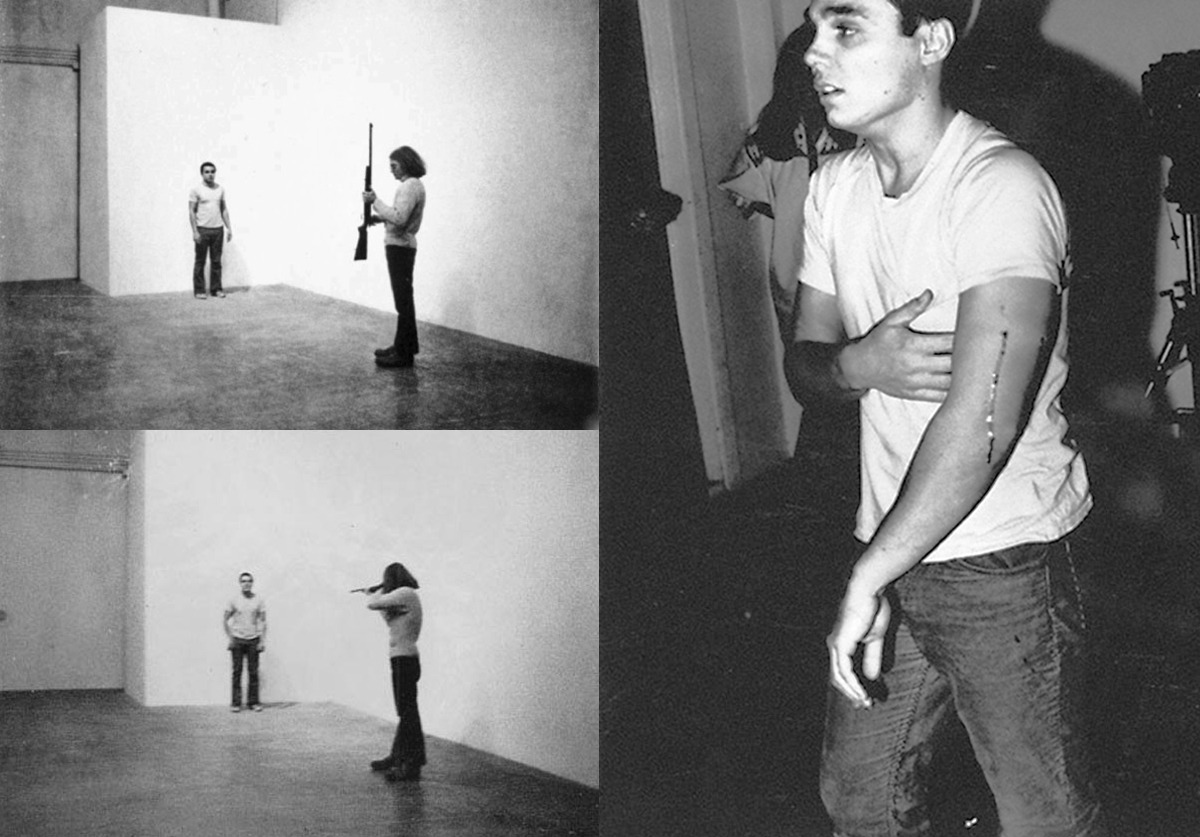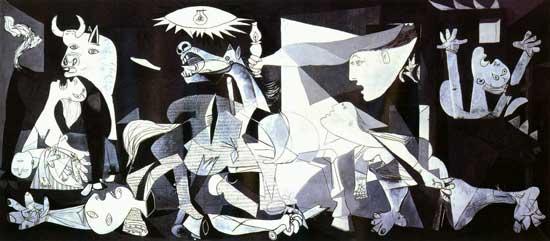
Outtara Watts is a contemporary artist from the Ivory Coast of West Africa. An interview Outtara did with American critic Thomas McEvilley, one which he had hoped would help move his art forward on the contemporary art scene, something happened; disappointment. At the beginning of the interview, introductory questions are asked which (very slowly) move into a few questions regarding art in general, eventually leading to McEvilley finishing the interview without talking to Outtara about the artworks he is creating. Through this, enters the realm of a third space, which is constructed only to please the audience.
Third space is a relatively new idea and is best defined as a space in which cultures meet, at least on the surface. It is a very superficial melding of cultures and little to nothing is actually known by each culture of the other. Popular culture plays a very large role in creating third space through literature, media and technology.
 Magazines like National Geographic do a phenomenal job of photographing tribes of third-world countries and giving brief histories of their traditions. However is there any real indication that these stories are not simple speculation or that they very lightly skim the surface of deeply rooted traditions created over thousands or millions of years. The United States and much of the West has no idea and probable does not care about the indigenous tribes of South American people being pushed from lands their ancestors have been on for centuries, they only care about a good story. Publishers realize this and use it to create a more desirable product.
Magazines like National Geographic do a phenomenal job of photographing tribes of third-world countries and giving brief histories of their traditions. However is there any real indication that these stories are not simple speculation or that they very lightly skim the surface of deeply rooted traditions created over thousands or millions of years. The United States and much of the West has no idea and probable does not care about the indigenous tribes of South American people being pushed from lands their ancestors have been on for centuries, they only care about a good story. Publishers realize this and use it to create a more desirable product.

In the West, reality television is something everyone hates to love; it is the true definition of a guilty pleasure. But is it really reality? The people starring in many reality series are paid millions of dollars to be filmed on a day-by-day basis doing whatever it is they do. But if you are to look at a series such as Survivor, one of the first reality tv-shows, you begin to question what reality is. Apparently its a bunch of people on a “deserted island” competing with one another for a prize of a million dollars. WHEN HAS THIS EVER HAPPENED TO ANYONE IN REAL LIFE? NEVER. Its all about ratings and money, that is in no way reality nor will it ever be.
Now back to the interview between Outtara and McEvilley. The questions McEvilley raised regarding schooling and upbringing were questions Westerners would truly be interested in, but that just shows the simple-mindedness and naivety of the industrialized world. Not only were these questions uninquizitive, they were demeaning to Outtara as an artist and person, much like reality tv is to reality.






 In The Mathematical Basis of the Arts Joseph Schillinger places art into five zones, each replacing the other:
In The Mathematical Basis of the Arts Joseph Schillinger places art into five zones, each replacing the other:



 Postmodernism also brought about artists like Jackson Pollock and with Pollock art became more of an act than a final piece; thats not to say his works aren’t worth thousands of dollars. With the rise of Jackson Pollock’s popularity came what is known as abstract expressionism. Pollock said his paintings were not made to beautiful, but he made them to express how he was feeling, and this expression was the art. Furthermore when looking at the concept of “art for art’s sake” which was brought up by Greenberg and was aimed at taking the context out of art and straying as far away from it as possible and tying it back to postmodernism there is a simple link. This goes back to the idea of postmodernist art breaking down modernist art by not looking at the final piece, but at the artist and the extension of the artist into the work or the artist making the work an extension of themselves.
Postmodernism also brought about artists like Jackson Pollock and with Pollock art became more of an act than a final piece; thats not to say his works aren’t worth thousands of dollars. With the rise of Jackson Pollock’s popularity came what is known as abstract expressionism. Pollock said his paintings were not made to beautiful, but he made them to express how he was feeling, and this expression was the art. Furthermore when looking at the concept of “art for art’s sake” which was brought up by Greenberg and was aimed at taking the context out of art and straying as far away from it as possible and tying it back to postmodernism there is a simple link. This goes back to the idea of postmodernist art breaking down modernist art by not looking at the final piece, but at the artist and the extension of the artist into the work or the artist making the work an extension of themselves.